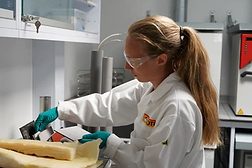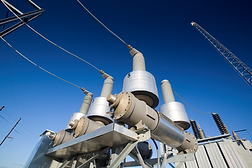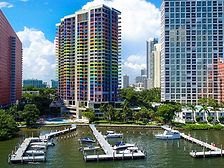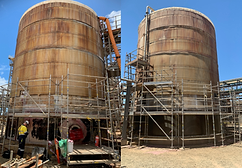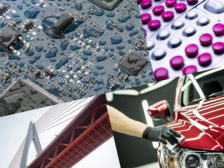Home » corrosion resistant coatings
Articles Tagged with ''corrosion resistant coatings''
Combatting the Hidden CUI Threat in The Energy Sector
Read More
Restoring the World’s Largest Art Piece
Villa Regina is an iconic masterpiece with a kinetic art installation designed by Israeli artist Yaacov Agam.
Read More
Keep the info flowing with our eNewsletters!
Get the latest industry updates tailored your way.
JOIN TODAY!Copyright ©2025. All Rights Reserved BNP Media.
Design, CMS, Hosting & Web Development :: ePublishing

